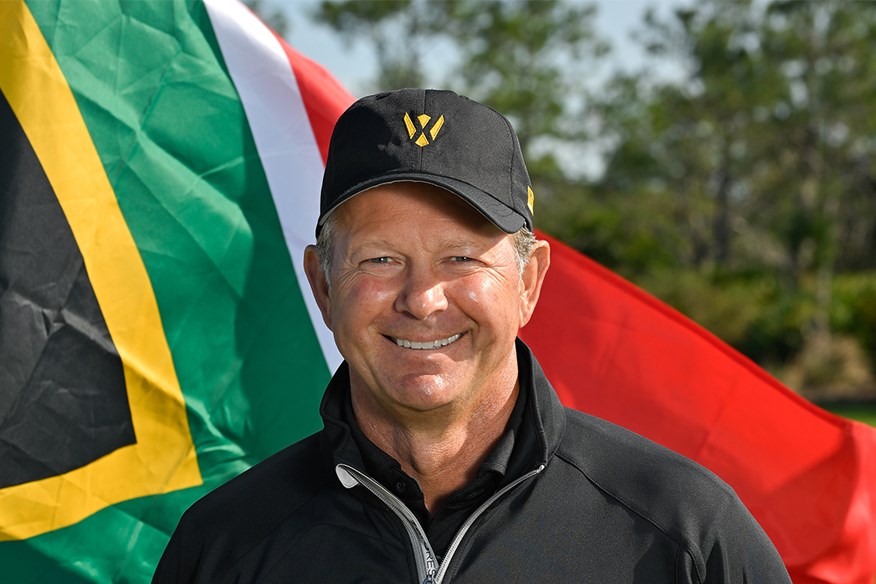Retief Goosen: “I learned my swing by reading golf books by Jack Nicklaus and Ben Hogan”
Last updated:
Ahead of the 124th US Open at Pinehurst, we spoke with Retief Goosen about his journey through the game, including both his US Open victories and his life before and since.
Retief Goosen is a man so relaxed he is almost comatose. For the best part of three decades, he lived up to his ‘Ice Man’ moniker on the European and PGA Tours, winning 19 times with all the fuss and temperament of Arnold Schwarzenegger’s Terminator. He was so good and so consistent between 2001 and 2007 that Tiger Woods once disputed the notion of golf’s ‘Big Four’ because it didn’t feature the two-time US Open champion.
The South African is typically self-effacing during our chat and no less matter-of-fact in discussing the moment that almost ended his hopes and dreams with a pretty large bang. He was aged just 15 when a bolt of lightning struck him on the golf course. He woke up in hospital blackened, bandaged, and with an irregular heartbeat. “I was lucky to walk away from that,” he says now. What followed became part of golf’s history, with Goosen winning the US Open in 2001 at Southern Hills and again, three years later, at Shinnecock Hills.
More success has followed, albeit with a lot less drama than the events that preceded that first Major victory. That’s where we begin, as he attempts to explain the putt that almost defined his career – for all the wrong reasons.
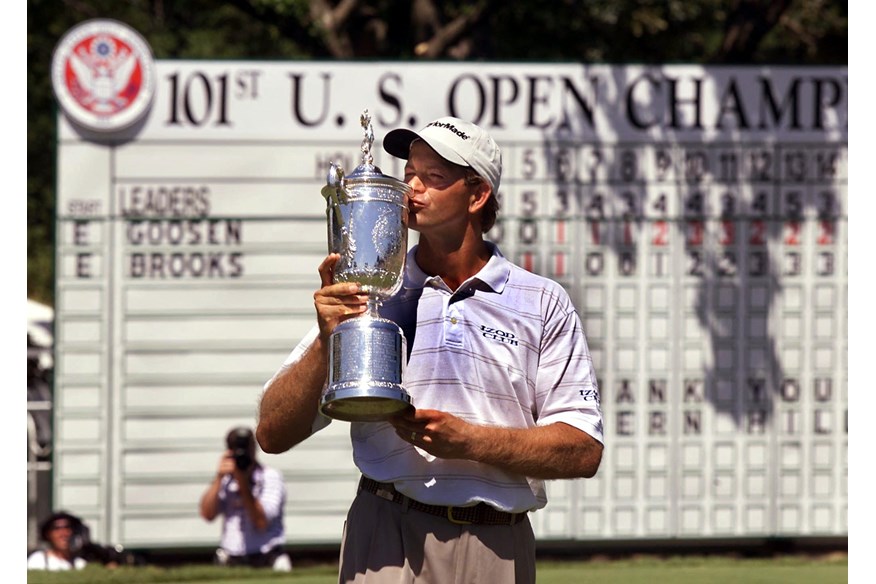
It’s often said that getting over the line in a Major Championship is the toughest thing to do in golf.
Are you the best example of that due to the manner of your US Open victory in 2001?
I definitely made hard of work of it, that’s for sure. It’s funny because the week before I was playing well but I could not make a putt. I then went for a practice round at Southern Hills with Nick Price, who won the PGA there. He was giving me advice about the course, and his gameplan, and suddenly my putter warmed up. It was just unfortunate that it went cold again on the 72nd hole.
What was going through your mind, knowing you had two putts to win from 18ft?
Well, earlier in the week they made an announcement that they were going to stop cutting the 18th green
because the balls kept running off it. So, the 18th green became one or two feet slower than the rest of the course. Coming down the 72nd hole, I probably hit the best shot I hit all week to 18 feet. Stewart Cink was 30 feet away and he hit a putt down there to two and a half feet. I was getting ready to putt when he said he was going to finish it. He then went and missed it and that was the first time I lost my focus. In the back of my mind, I knew the green was a little slower so I needed to hit my putt a little firmer. Typically, I overhit it. They say I was two feet, eight inches away, but whatever it was, I misread it completely and it broke right. And then it was chaos in my mind. Suddenly I was left with a longer putt to make the playoff. It was probably the hardest shot I made all week.
Did it help that it was a Monday playoff and you had time to clear your head?
I think so. Having that night to think about it and to plan for another 18 holes was probably better than
sudden death. I didn’t know Mark Brooks at the time, only that he had won a Major already, but the putter
got hot again and settled the nerves. I ended up with a three-shot lead going up 18.
Could you enjoy that walk up 18 or were you thinking about what happened the day before?
Well, I made another mental mistake on my second shot when I under-clubbed. It hit the front of the green and rolled right off. Mark hit a good shot into the middle of the green so I was thinking, “Here we go again.” But all I was concerned about was getting it on the green and making five. That’s why I putted it from down the bottom of the hill. It was quite grainy grass so I didn’t want to risk chunking it or thinning it up there. The rest is history.
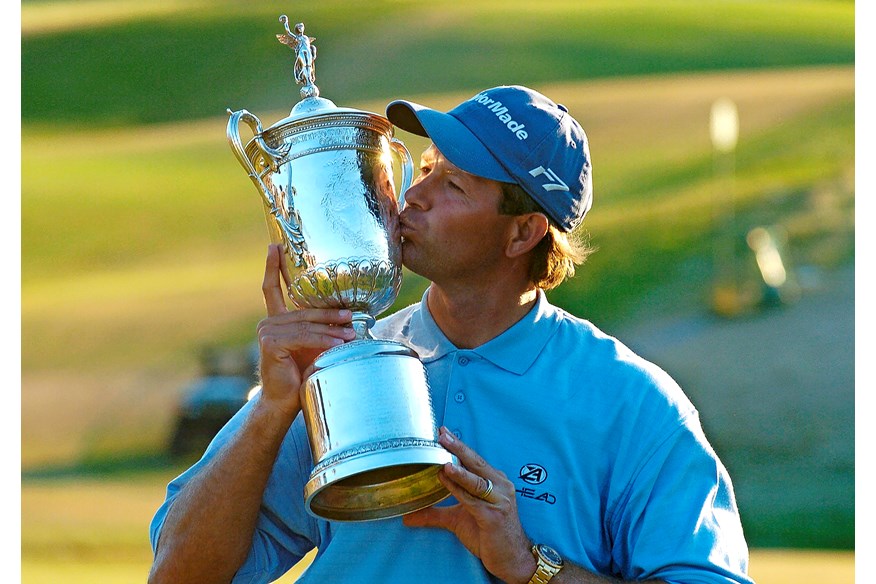
Some players struggle after winning a Major, but you reeled off victories with regularity over the next five years. The most impressive has got to be Shinnecock in 2004, which has gone down in history as one of the most brutal US Opens. Only you and Phil finished under par. How tough was it?
Yeah, that golf course does have a history of being very brutal. I won on four-under-par and that was the lowest winning score in the last three. But I remember in my first practice round, I loved the course, how it felt around the greens, how it looked. Everything was great. Then the weekend came around and it was amazing how much it changed. It was rock hard and it became a different animal, as you could see from the scores. Guys were struggling to keep the ball on the greens.
The USGA have a reputation for taking things too far with their course set-up, don’t they?
I mean, that 7th green became an issue. I hit that green every day and my longest putt was from 20ft with about a 12ft break. On that hole alone, I think I gained quite a few shots on the field by making four pars. It’s a shame, because the last time they played there when Brooks (Koepka) won (in 2018), guys were also putting it off the greens. Phil Mickelson was even putting it before it rolled off the green! I don’t know what it is about that course, but maybe they do overstep the line between tough and silly.
Their argument would probably be that the greens weren’t that bad because you only needed 24 putts on Sunday.
(Laughs) Yeah, that’s right. They say I had 11 one-putts. I still three-putted No.10 from the back edge, but 16, 15, 14, 13… they were all one-putts. There was also a big turnaround on 17 when Phil and I were all square and we both hit it in the bunker. He stuck it to 4ft above the hole and three-putted. I hit it to 4ft above the hole and made it. That’s where the two-shot swing came from, but it was scary how quick those greens became. It was like putting on a wooden floor.
Did it help that you were playing the final round with Ernie Els?
Yeah, playing with Ernie was probably better than with Phil because he had the big crowd with him. And a New York crowd is definitely not an easy one to deal with, especially when you’re the underdog. But the thing I remember most about that day was how focused I was. I was tense but calm. I felt under control about everything. There were a few times when my caddie was like, “Did you hear what that guy just said?” But I never heard anything. I was so good at blocking out that noise.
Was that something you were always able to do or did it come from working with your psychologist?
No, I would say that early on in my career my focus wasn’t really very good. Things would upset me very
quick. My temperament wasn’t correct and I would start thinking about a shot I hit three holes ago. As I started working with Jos Vanstiphout, my psychologist, I learned how to focus on what’s ahead, not what was behind. That was so important.
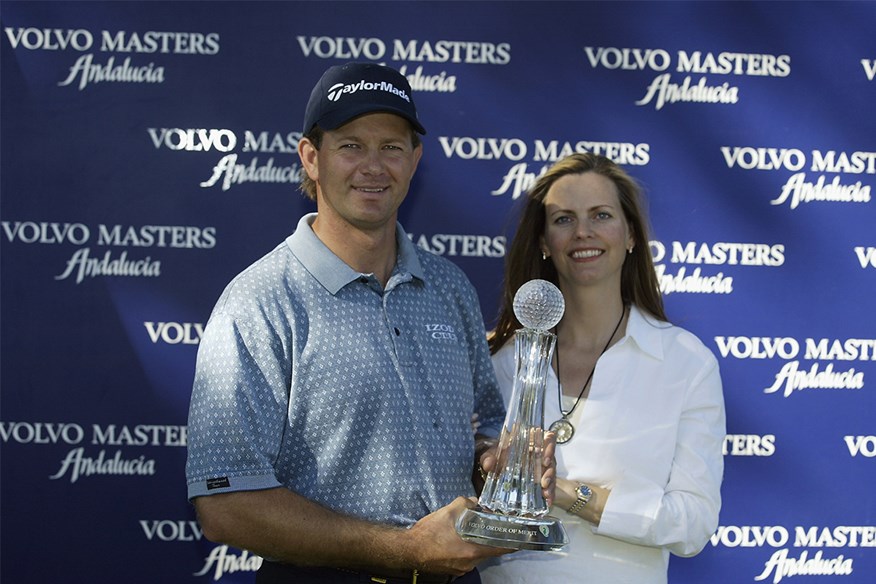
Were you the Tyrrell Hatton of your generation, then?
(Laughs) A little, yeah. As a junior, I threw a few clubs. One time I broke three clubs through nine holes. My dad said to me, “From now on, you’re going to have to pay for them yourself.” That was the last time I broke a club because I didn’t want to use my pocket money. I still threw them, I just hoped they wouldn’t break!
Was your dad a hard taskmaster when you were growing up? Was he the one who got you into the game?
Yeah, he was and he was a pretty good player, a scratch handicap. He played a round with Bobby Locke once. The year I won the South African Amateur, he won the Senior Amateur Championship. My two older brothers also played. I learned the game from them. My dad also had a practice net in the back garden. When I was 14, I played my very first junior event and finished fourth. That was the first time I actually met Ernie Els, so we’ve known each other now for more than 40 years.
Is it a coincidence, then, that the two of you have arguably the smoothest swings in golf?
Ernie was everybody’s role model growing up so I tried to copy some of his moves when I was a junior. But I actually learned my swing by reading golf books by Jack Nicklaus and Ben Hogan. I’d stand in front of the mirror and copy what it looked like in the book.
A big part of your story was being struck by lightning on the course. Did that change your perspective on life?
My mum says it changed my personality a little. I don’t know about that. I was always a bit of a loner I suppose. Most of the juniors at the club were mostly English speaking and I was Afrikaner. They never wanted to play with me so I played a lot of rounds on my own or with my cousin, Henri. I was playing with him when I got struck. He was 20 yards in front of me and even he got knocked down. It was quite an experience for him when he turned round and saw me smoking away, blood everywhere. I looked dead to him. Luckily, there was a group coming down the hole next to us and one of them happened to be a doctor. They were able to revive me and I woke up in hospital, covered in bandages.
How long were you in hospital for?
Probably a week. I did develop a crack in my heart but I was quite a fit kid and got told to keep the exercise up to make the heart strong again. I also burst my left eardrum so I’ve always had a hearing issue on the left side. But apart from that, I’ve never had any issues. I did have one bad burn on my foot where my sock basically melted onto my skin. It took me a while to get a shoe on but I was back
on the course within a month.
Mentally, that can’t have been easy. And then you spent two years serving in the military…
Yeah, in those days it was compulsory. Luckily, Ernie was in at the same time as me and there was no conflict anywhere. We still played golf on Wednesday and some weekends. We actually played for the Defence Force team. Those two years were good for discipline. I also learned to iron pretty good. Ernie and I were actually the last group to do two years of service. I had a month left when they abolished it.
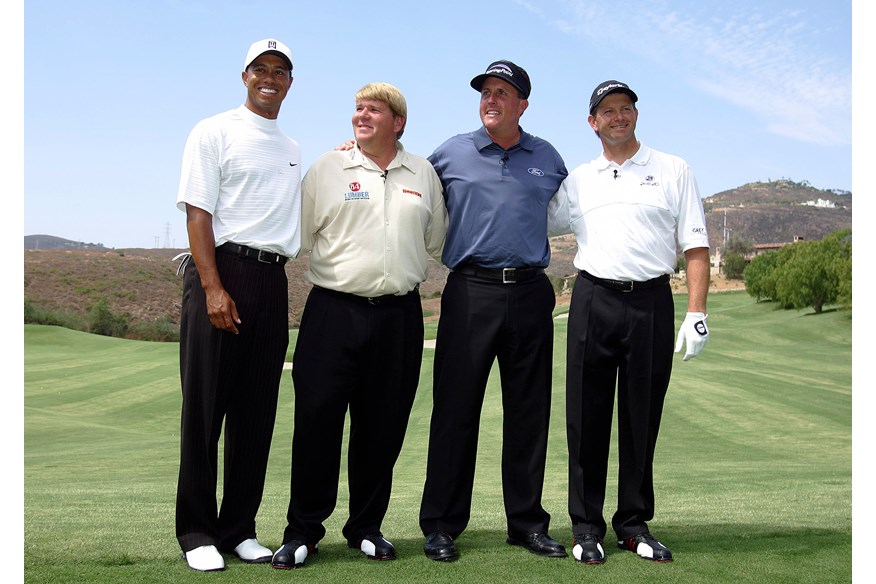
Ernie and you were part of the so-called ‘Big Five’ in golf, alongside Tiger, Vijay Singh, and Phil Mickelson. Do you sometimes wonder how many tournaments you would have won had Tiger not been around?
Yeah, and Ernie says the same thing. Tiger was always the man to beat. I would have loved to have won The Open and Masters. For some reason, the PGA was always the one I struggled at. I never really did well there and I don’t know why. You did have a lot of top 10s in Majors, including two seconds at the Masters. Another interesting stat is that across seven singles, fourballs, and foursomes matches, you beat Tiger five times. Not many people can say that. Yeah, they probably can’t. The thing about me was I never showed a lot of emotion. I never really said anything, so maybe that got to Tiger a bit. At the time, the best part of my game was my putting, and in matchplay, if you can make putts, you can beat anybody. That’s really how I beat Tiger so many times, making a lot of putts on top of him.
‘I don’t know a single golfer who plays simply to play. They play to make the most money’
In 2005, you had a chance to win the US Open again and led after three rounds at Pinehurst. You then threw in a final-round 81. Was that the one that got away?
Yeah, that was strange. Pinehurst is a golf course where if you are a little off your game, the run-offs are so severe. That week I wasn’t playing great but I was hanging in. I started off with a nice par, then threw in a double, a bogey and it just carried on. It was one of those when it felt like I had no control. On top of that, Jason Gore alongside me was having just as rough a time. We fed off each other but in the wrong direction. I think he shot an 84 or something stupid. With about four holes to go, we were laughing at each other and I said to him, “We might as well play for a fiver.”
As someone who made a living on the PGA Tour and what is now the DP World Tour, what do you make of the division in golf right now?
The PGA Tour is in trouble at the moment with the whole LIV thing. I’m not sure how the two can come together to stabilise golf but they need to because the PGA Tour is losing its image and appeal to sponsors. The Champions Tour has probably been hurt as well by the PGA Tour banning a few players over 50, like Phil Mickelson. When he turned 50, he won four out of five tournaments and it was a great boost for us all. Then they banned him. It’s a shame how the PGA Tour went about things. They kept going on about integrity but I don’t know a single golfer on tour who plays simply to play. They all play to make the most money. It’s no surprise to me that so many players went to LIV.
The bans haven’t been kind to the International team for the Presidents Cup but would you be open
to captaining in the event?
Yeah, I think so. A few years ago, Ernie asked me to be a vice-captain with him in Melbourne but I declined because I’d just had shoulder surgery and the timing wasn’t right. But in the future, yes. I’m still too busy, playing a full schedule on the Champions Tour, but once I start cutting back and go into semi-retirement, I can put my mind to it, because it does take a lot of time and planning.
SUBSCRIBE TO TODAY’S GOLFER: Print and Digital access, discounts and rewards!
-
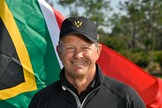 We interviewed two-time US Open Retief Goosen ahead of next week's Major championship
We interviewed two-time US Open Retief Goosen ahead of next week's Major championship
-
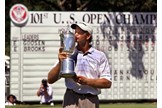 Retief Goosen with US Open Trophy 2001
Retief Goosen with US Open Trophy 2001
-
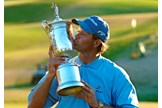 Retief Goosen wins the 2004 US Open at Shinnecock Hills
Retief Goosen wins the 2004 US Open at Shinnecock Hills
-
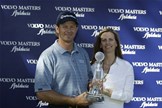 Retief Goosen and wife, Tracy, celebrate him winning the European Tour Order of Merit
Retief Goosen and wife, Tracy, celebrate him winning the European Tour Order of Merit
-
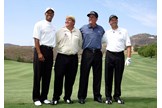 Retief Goosen with Tiger Woods, John Daly, and Phil Mickelson
Retief Goosen with Tiger Woods, John Daly, and Phil Mickelson
